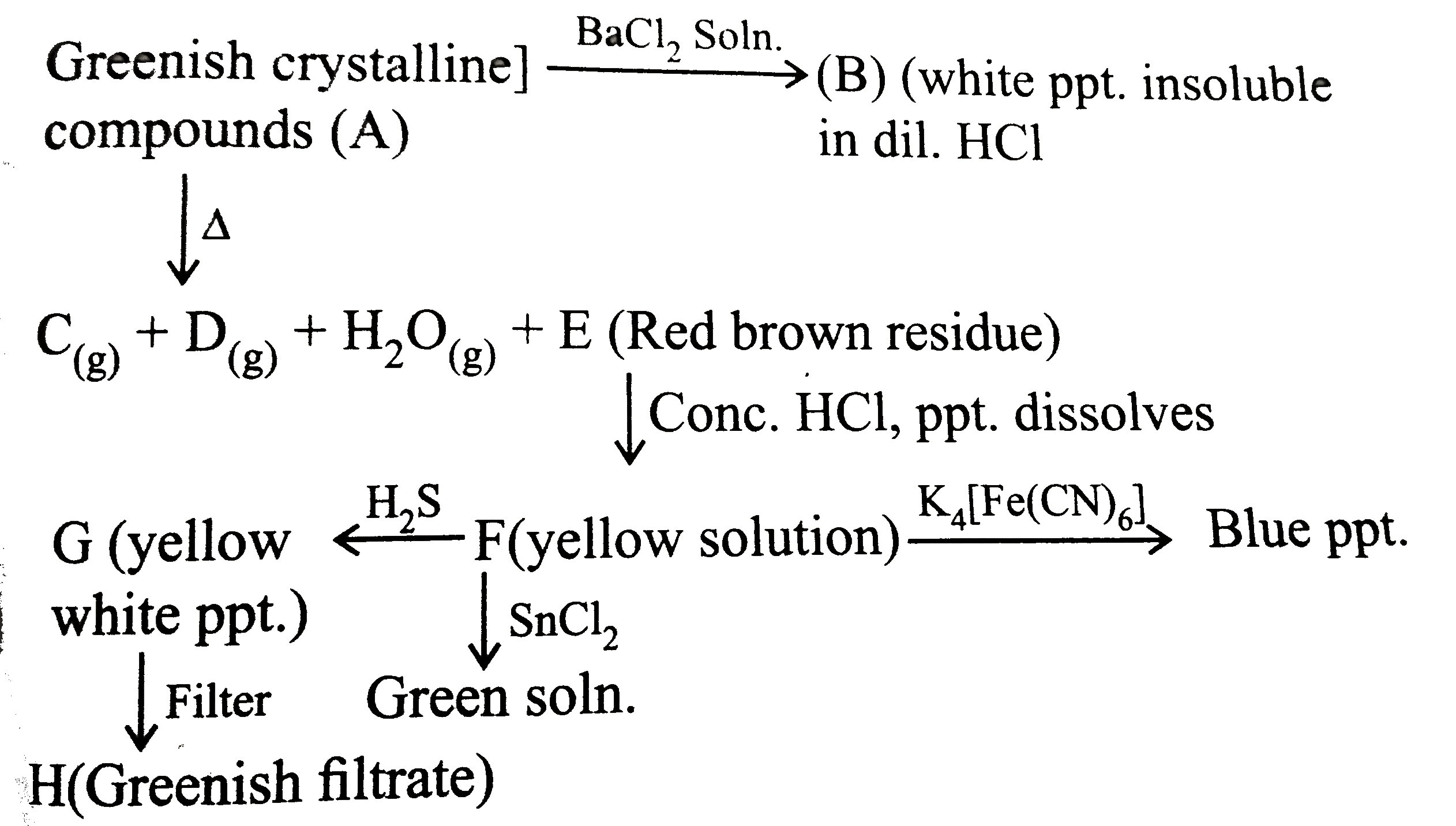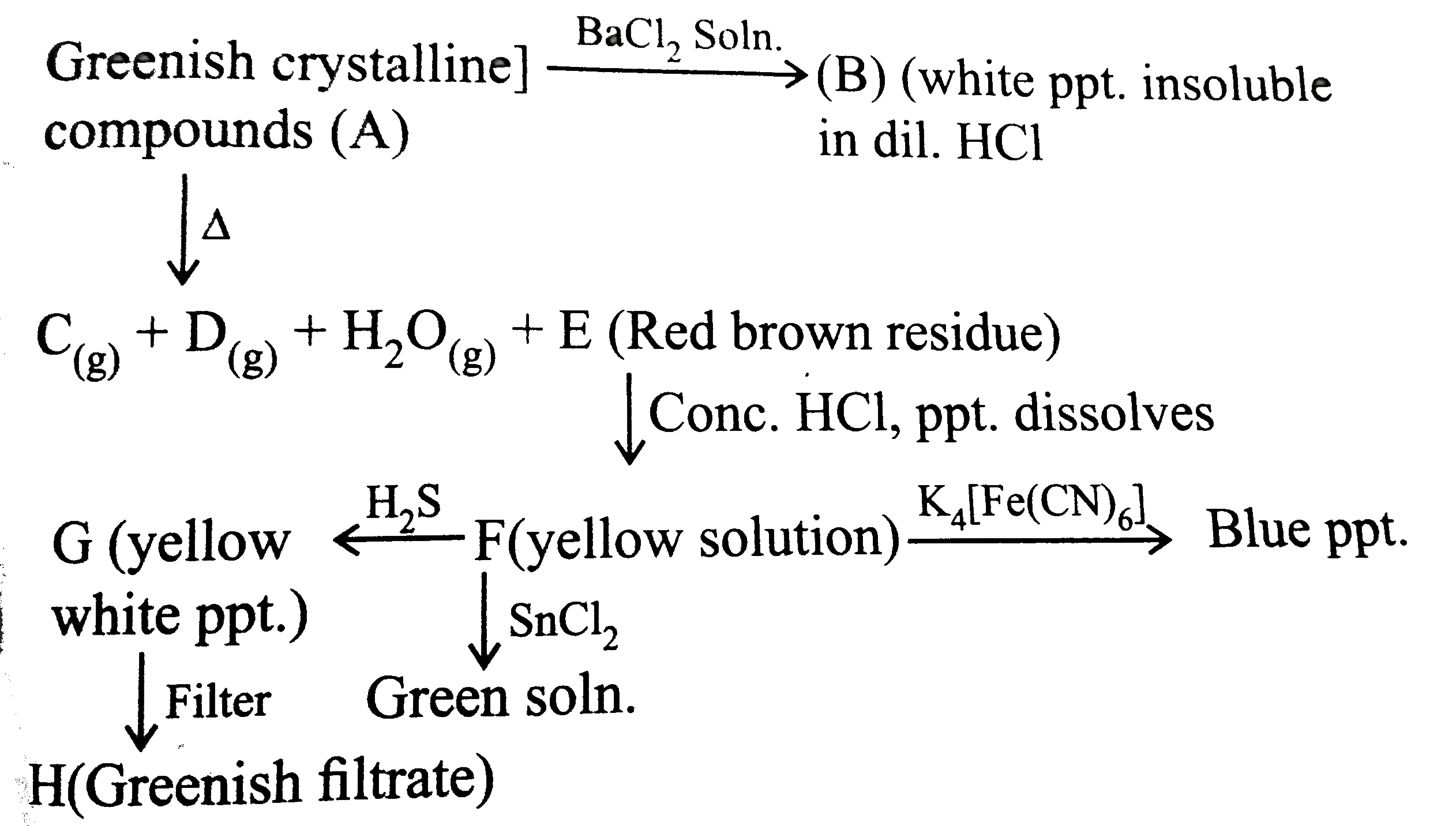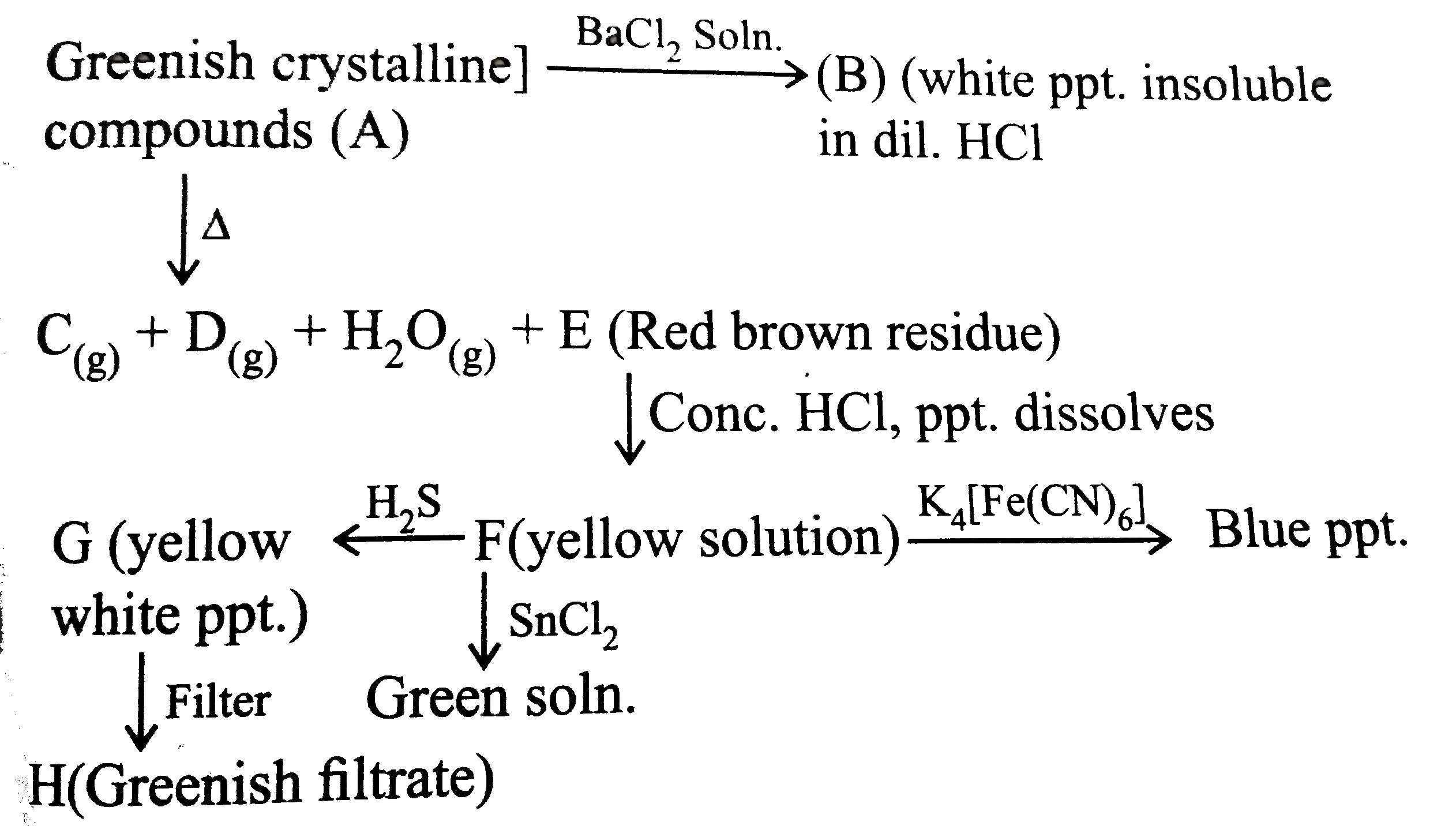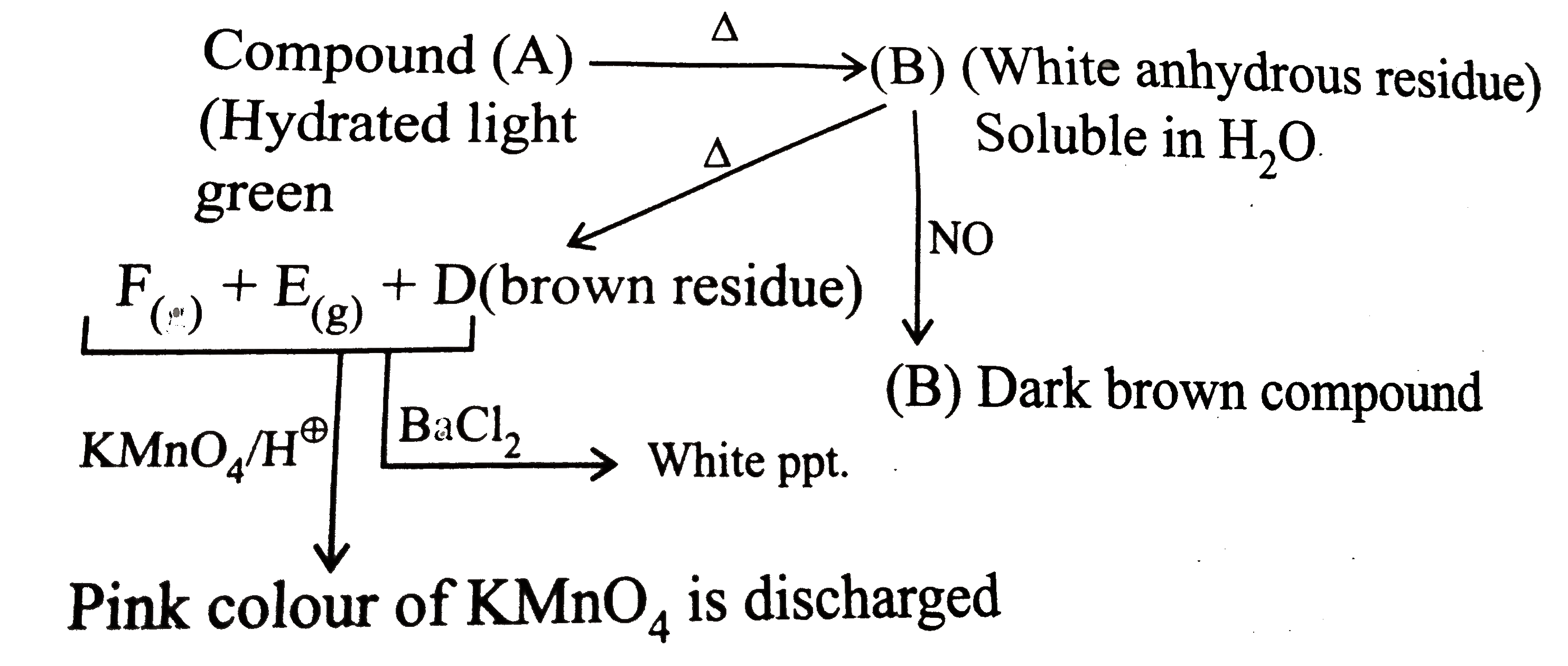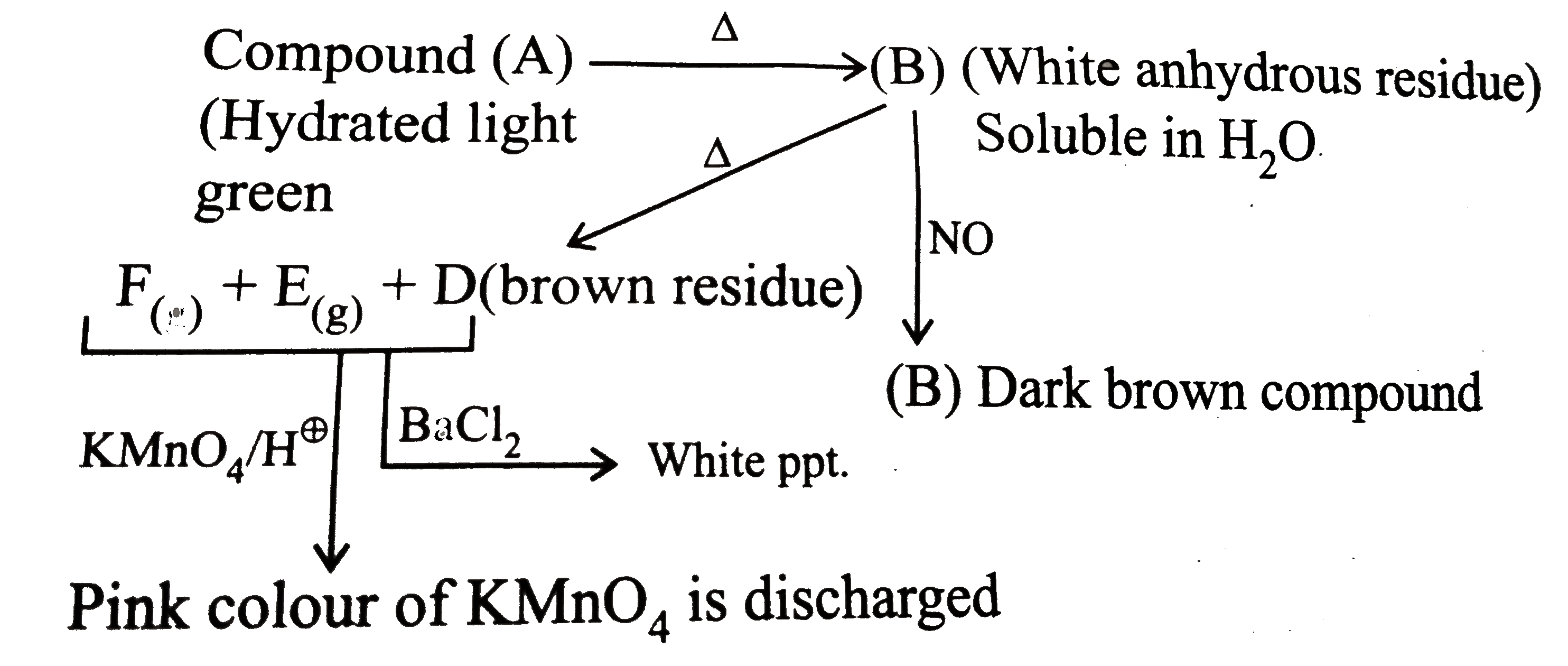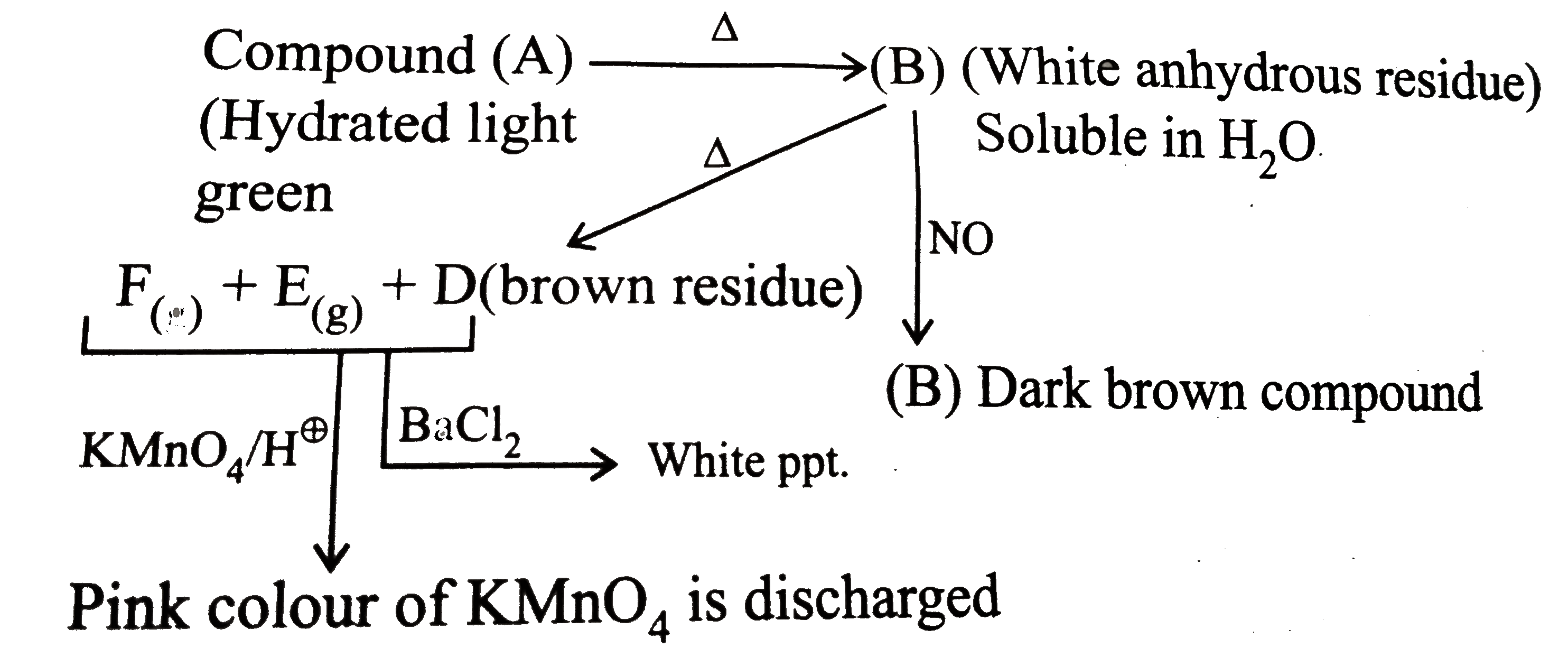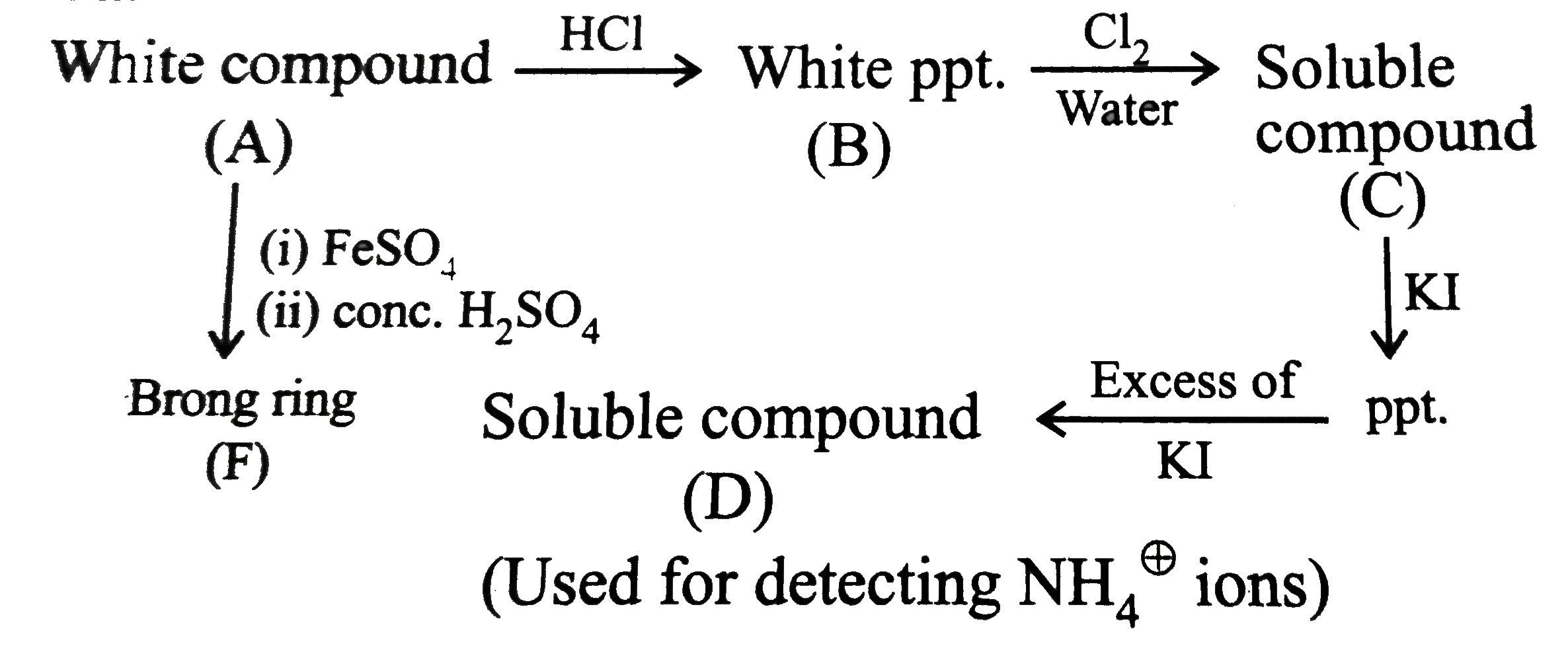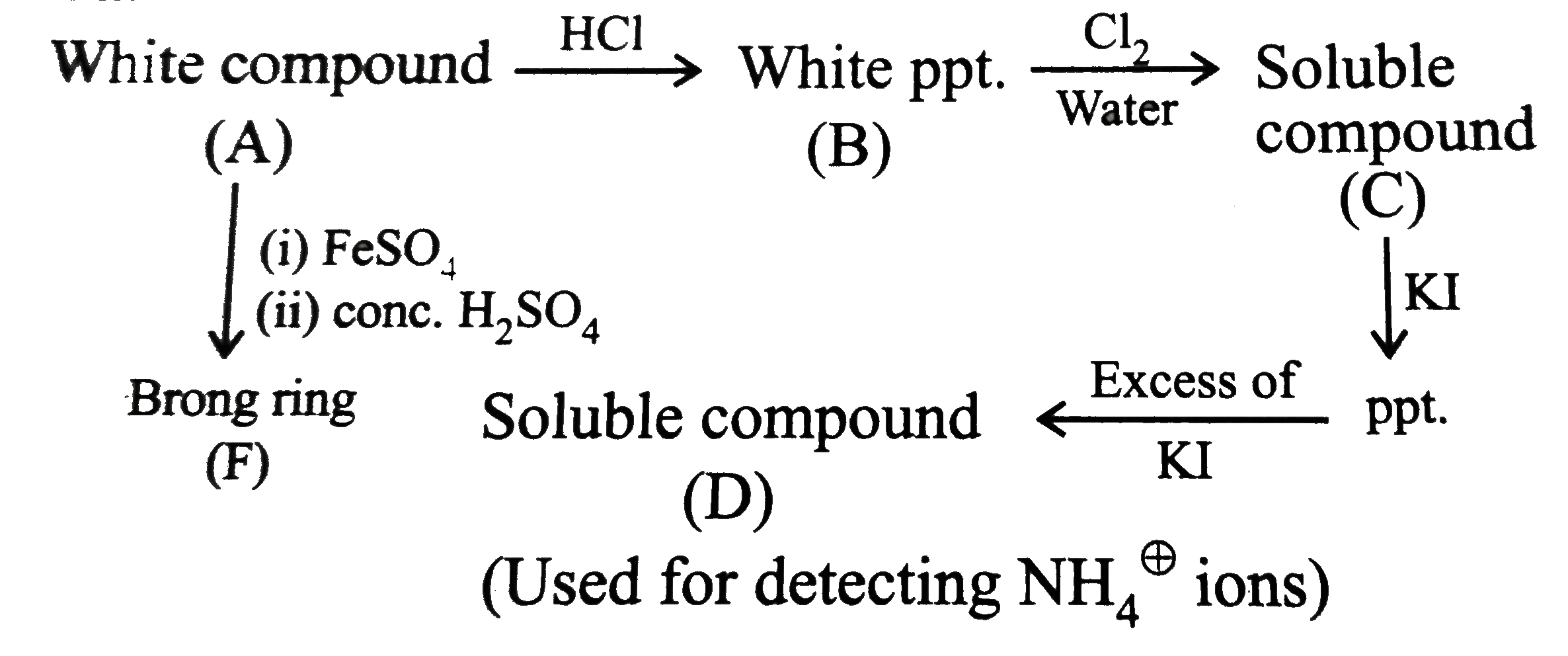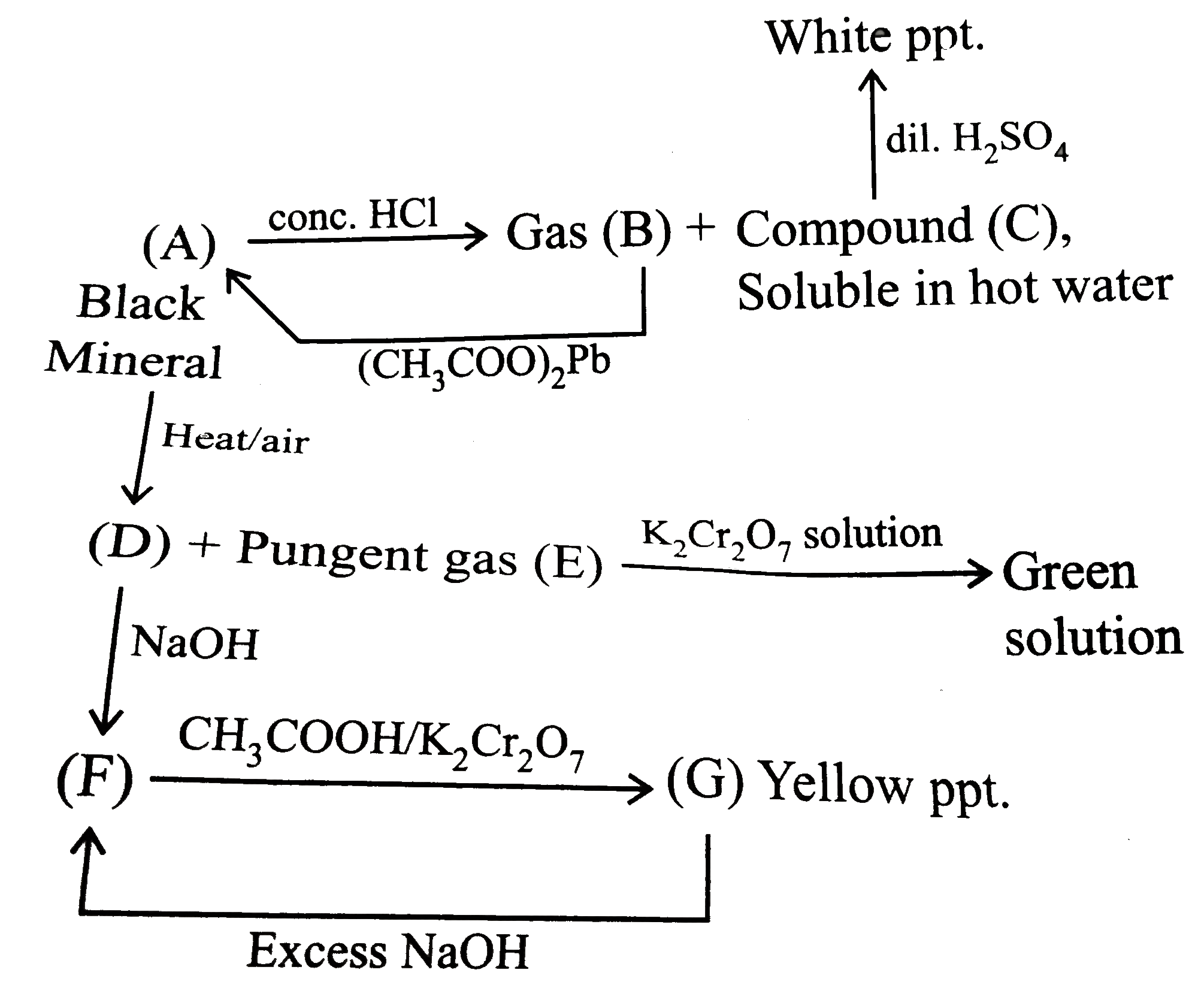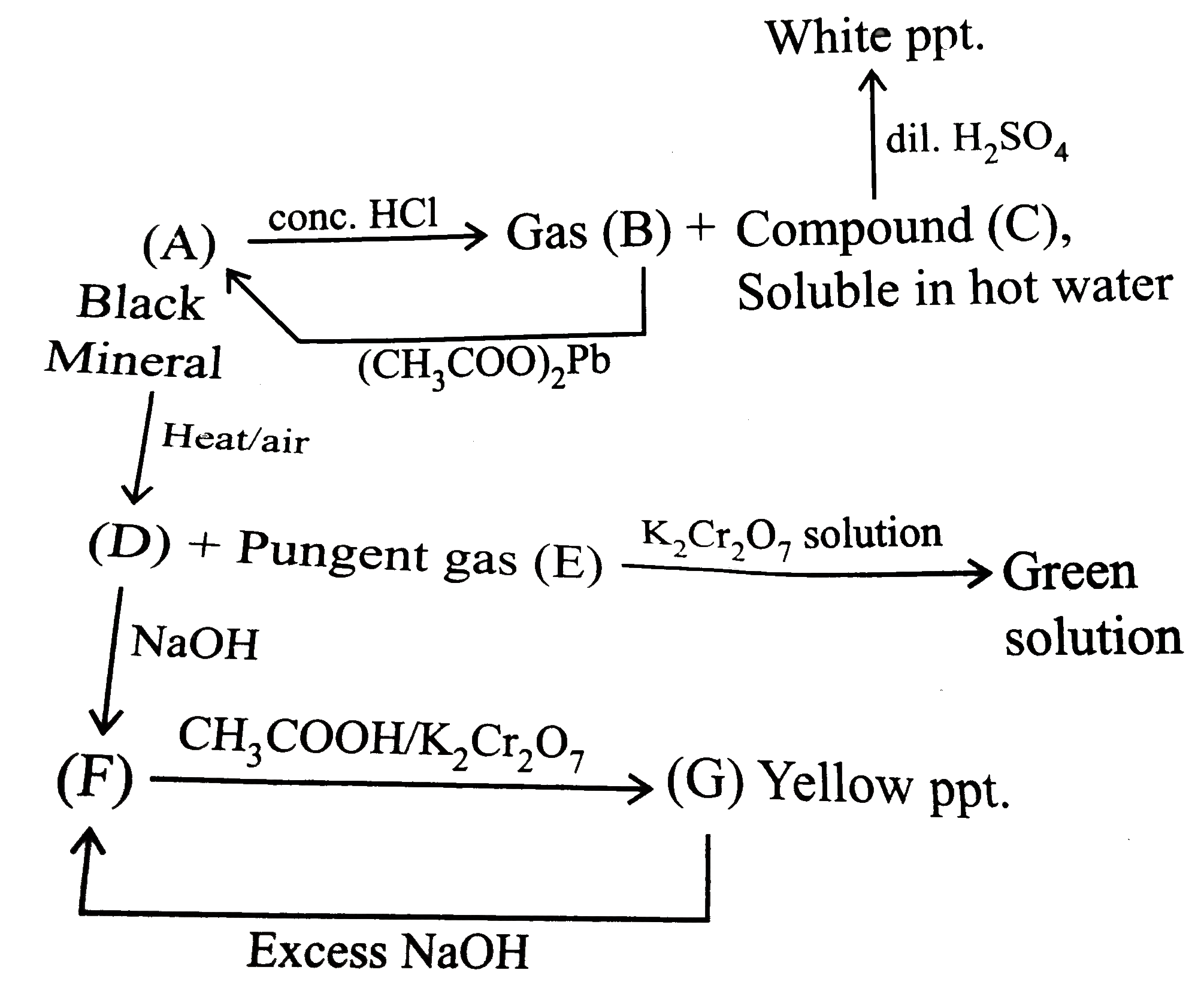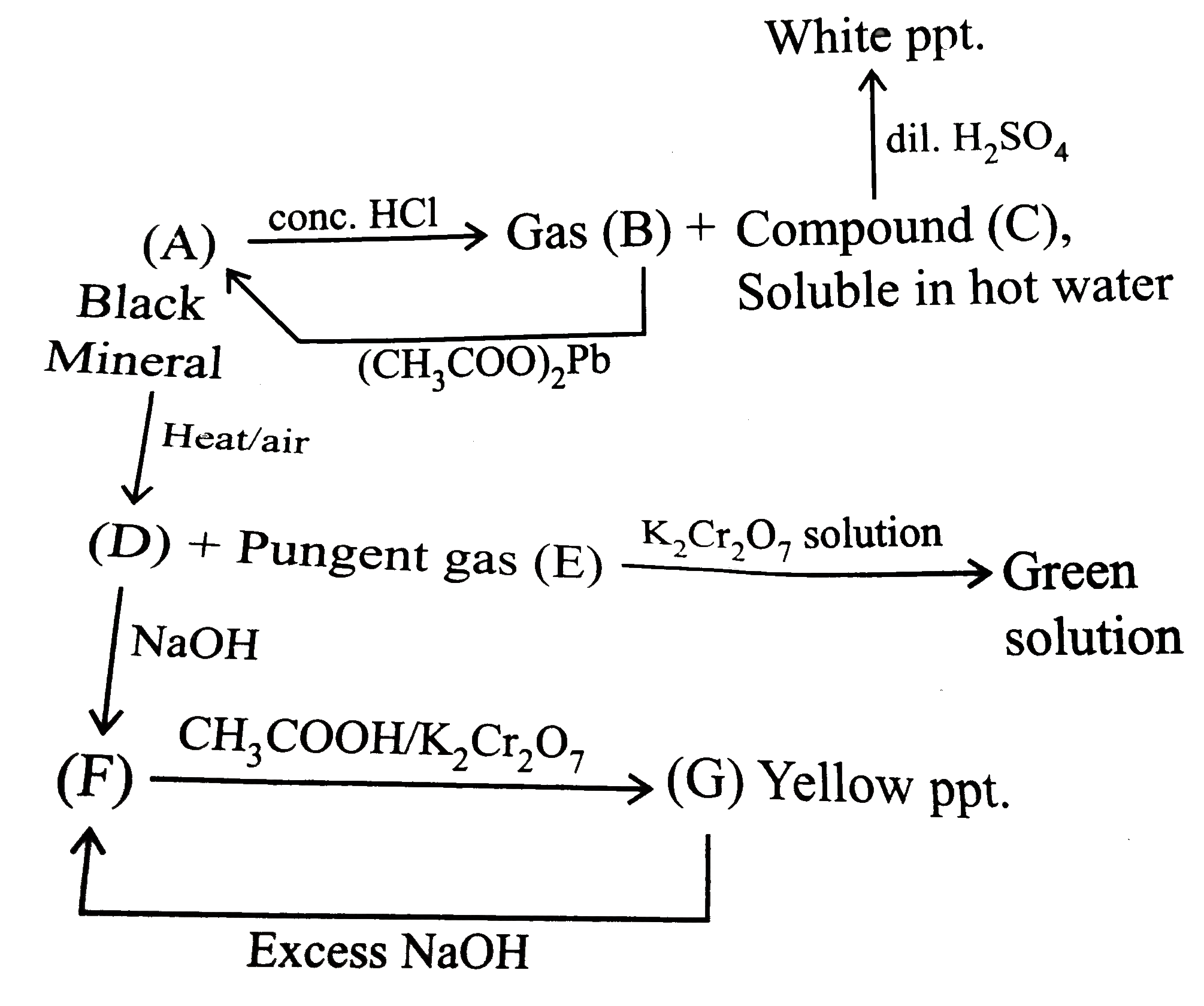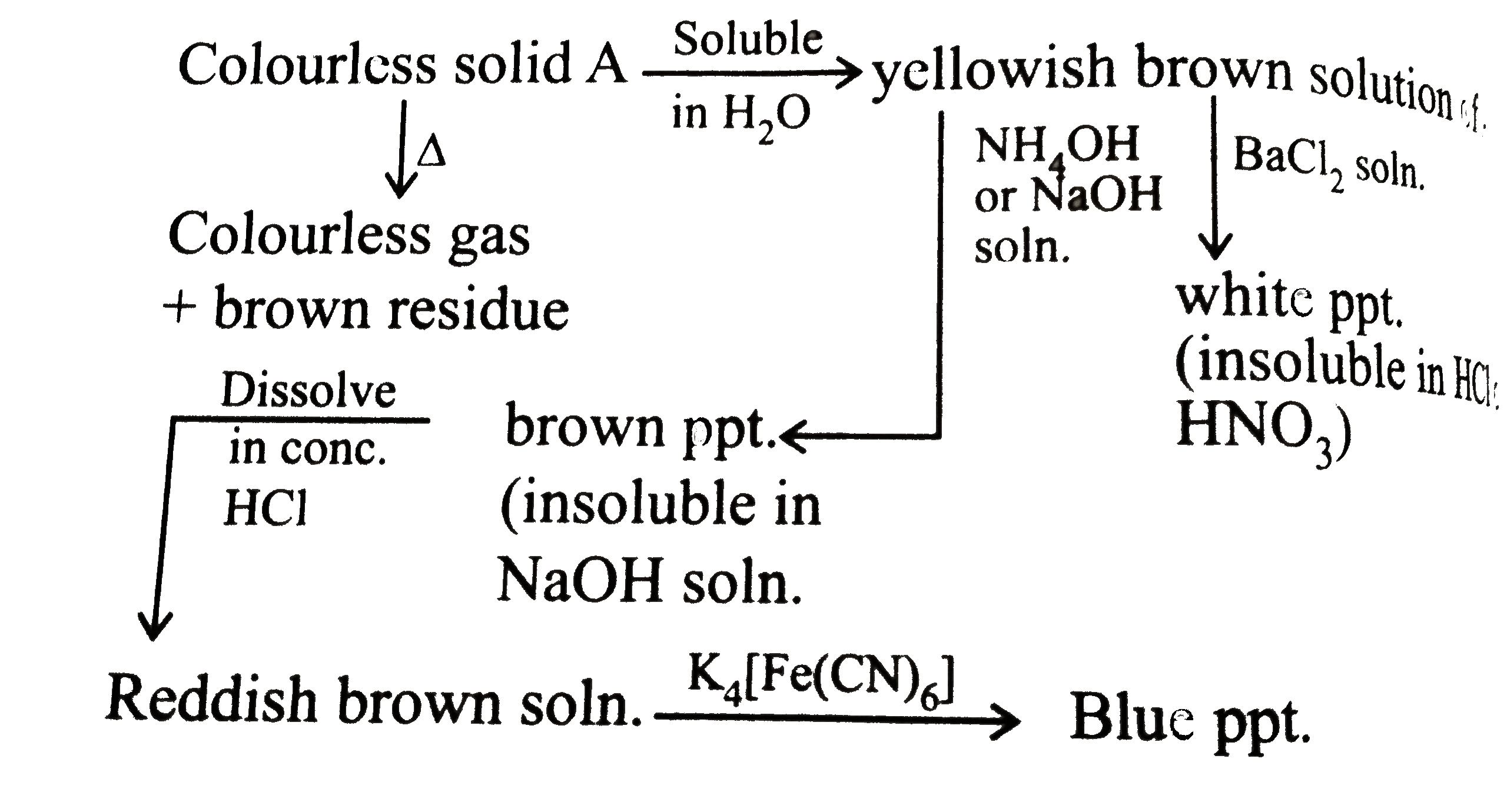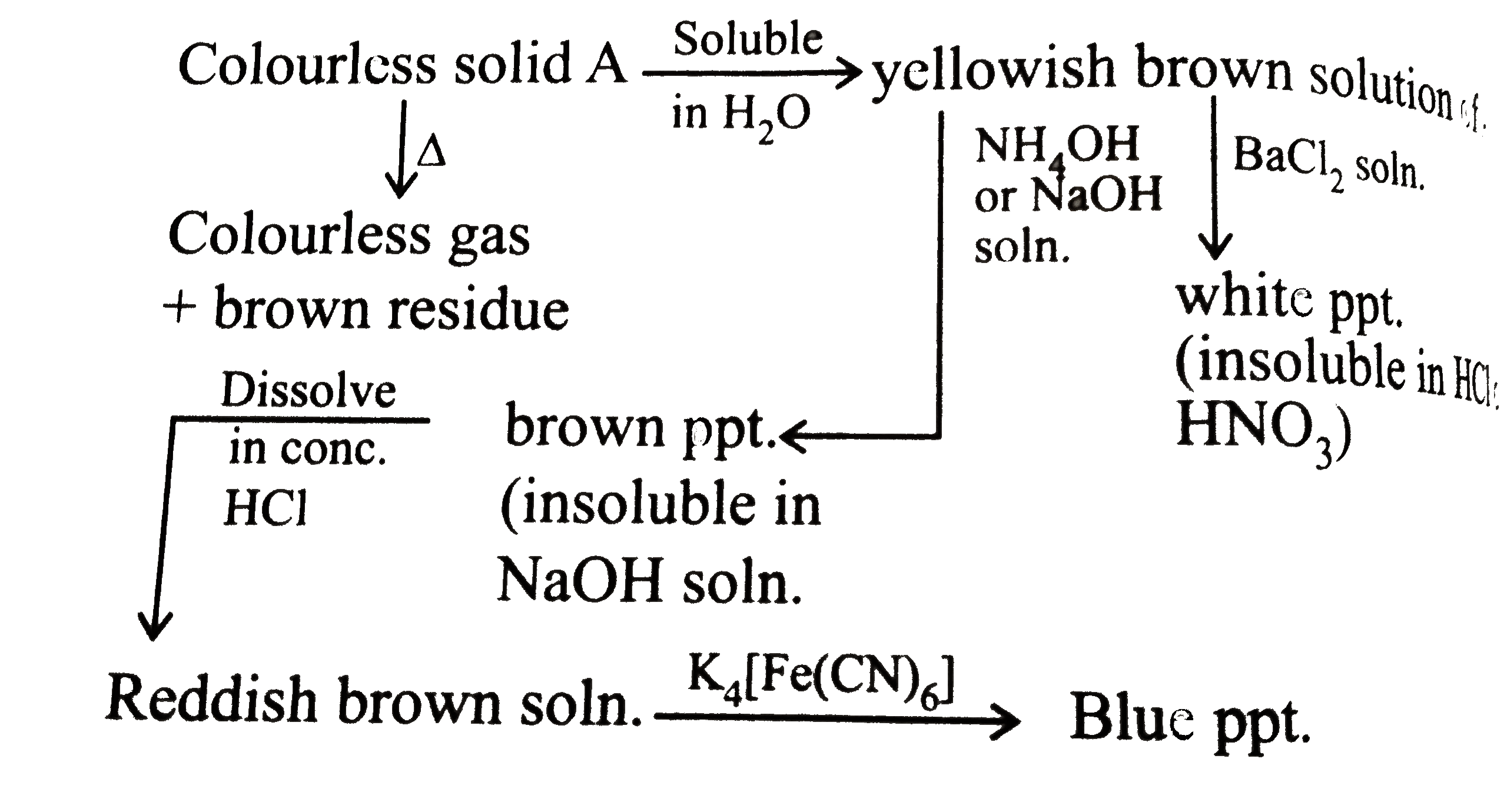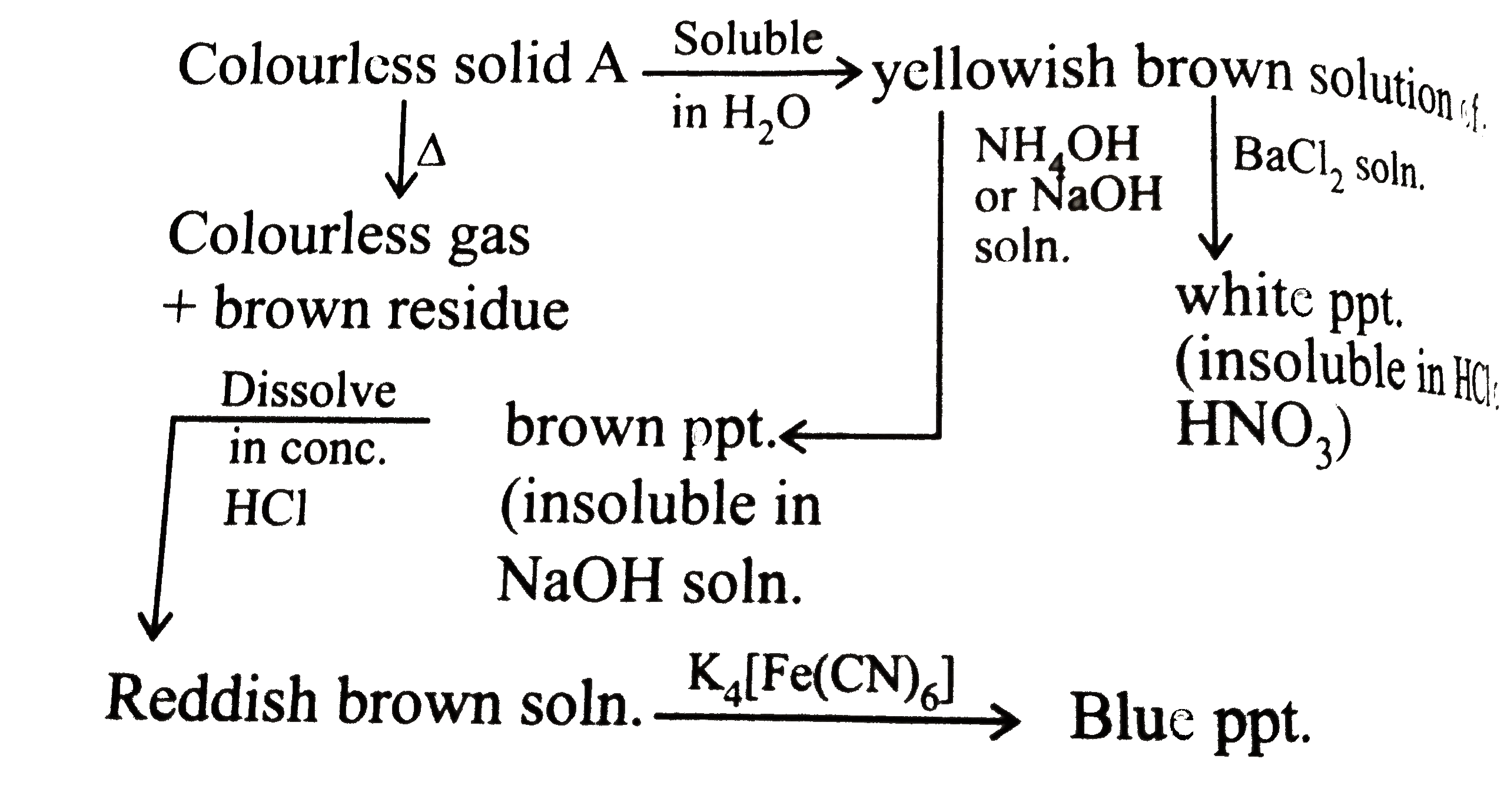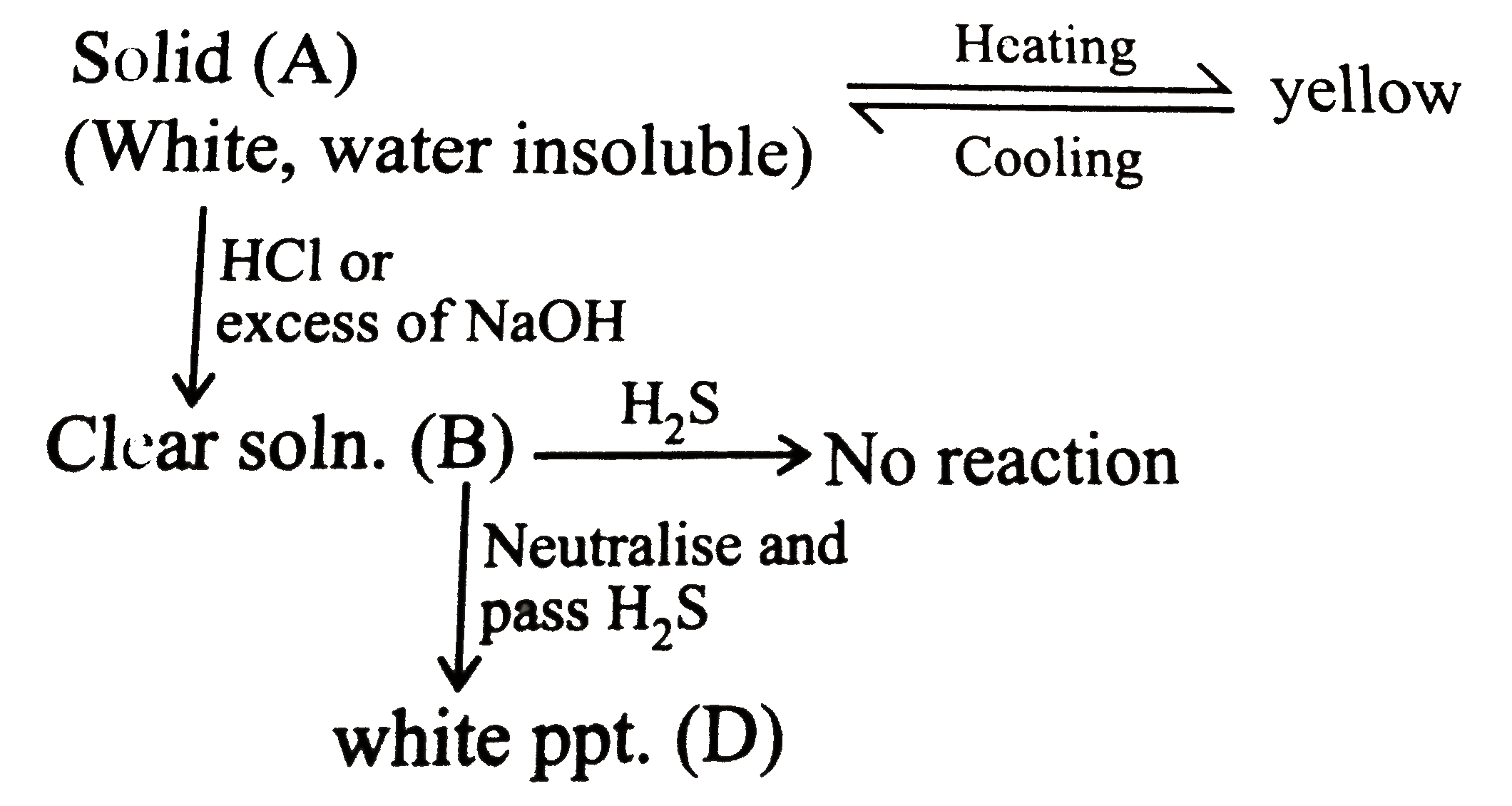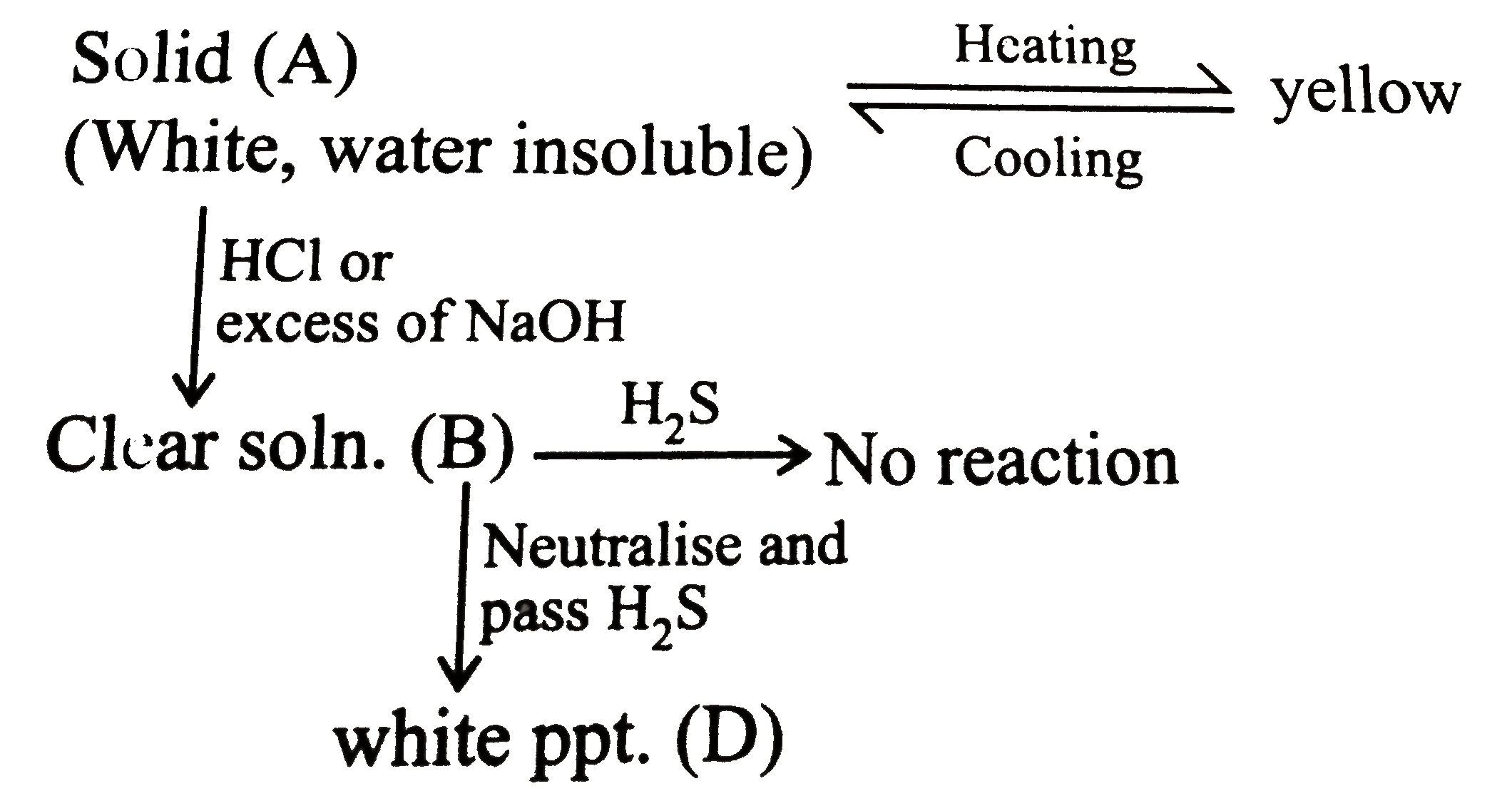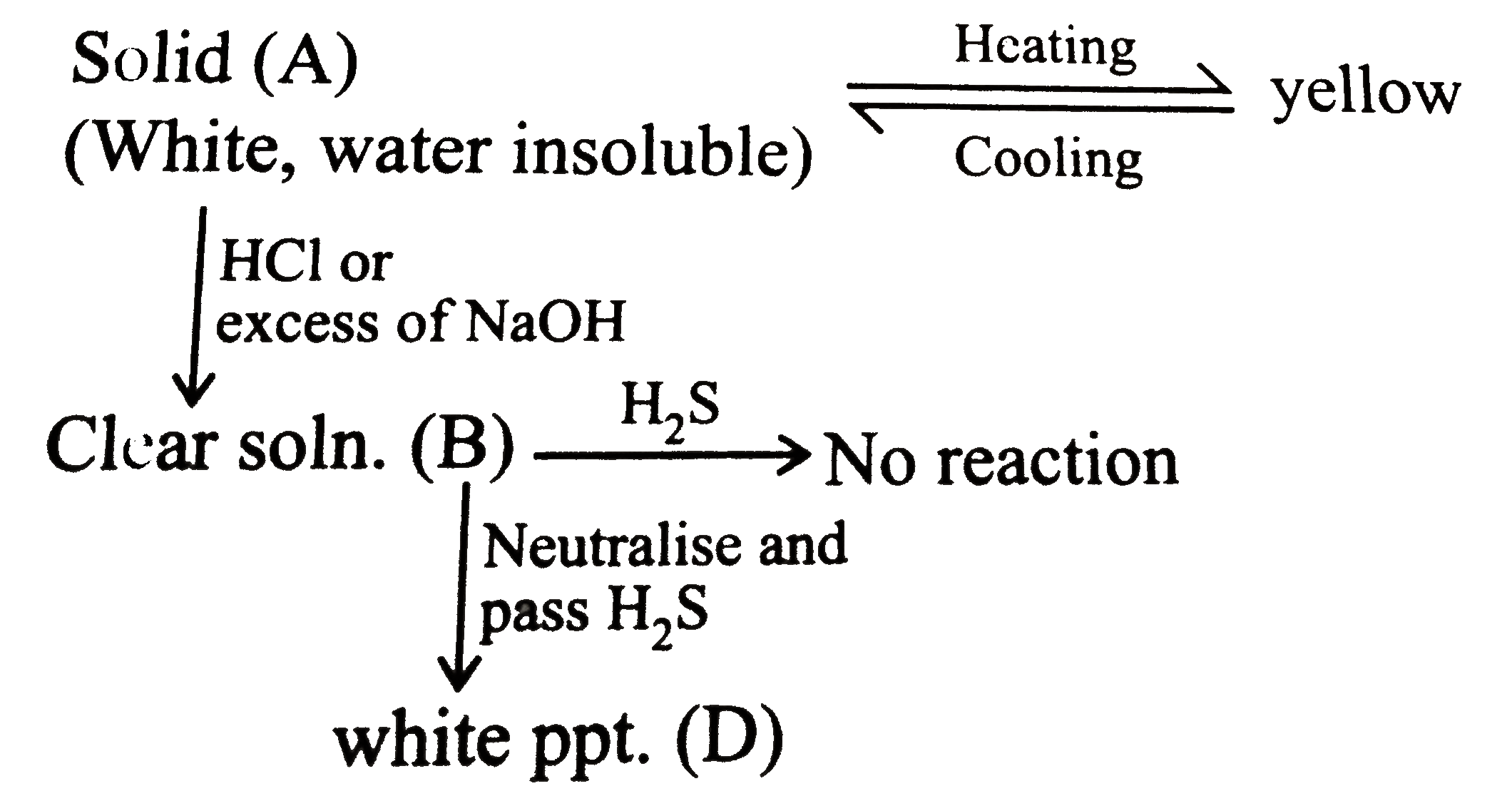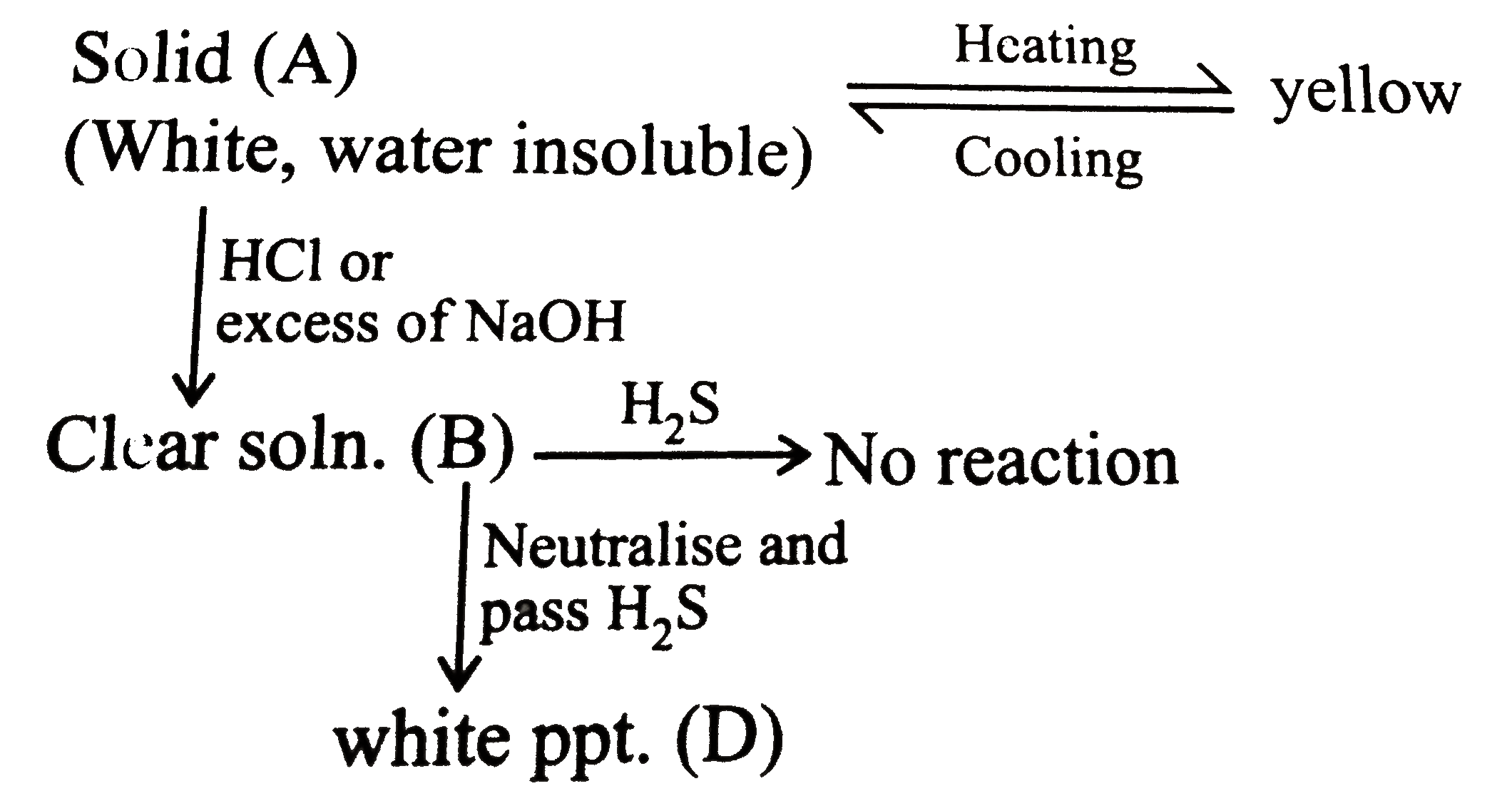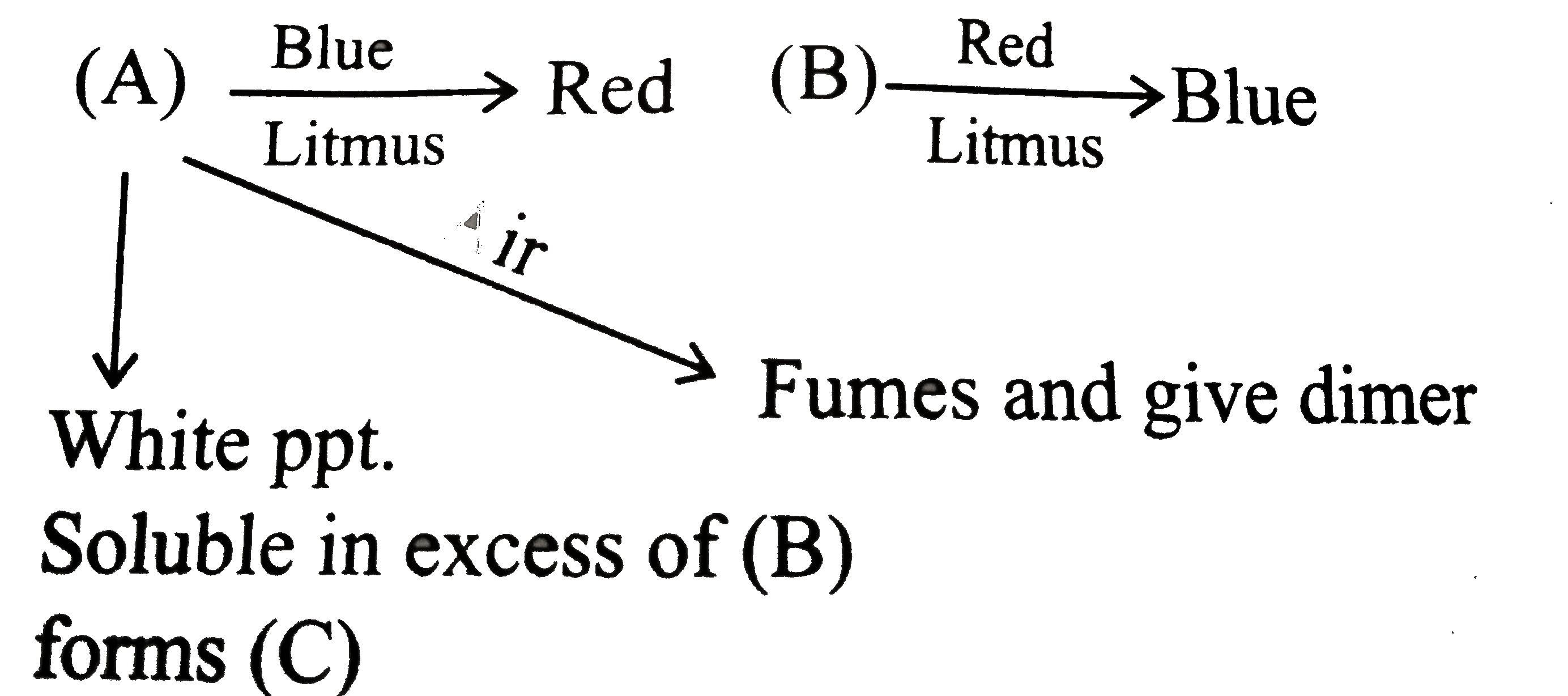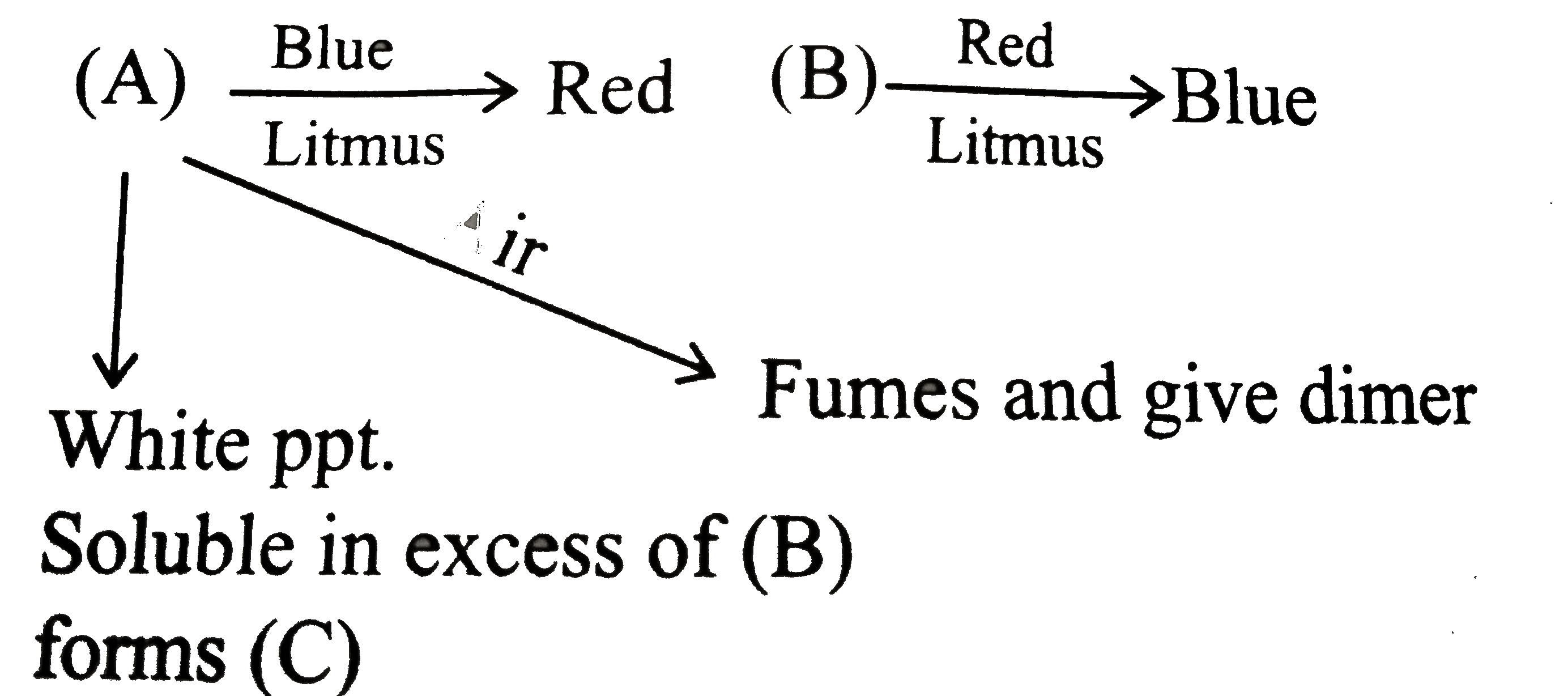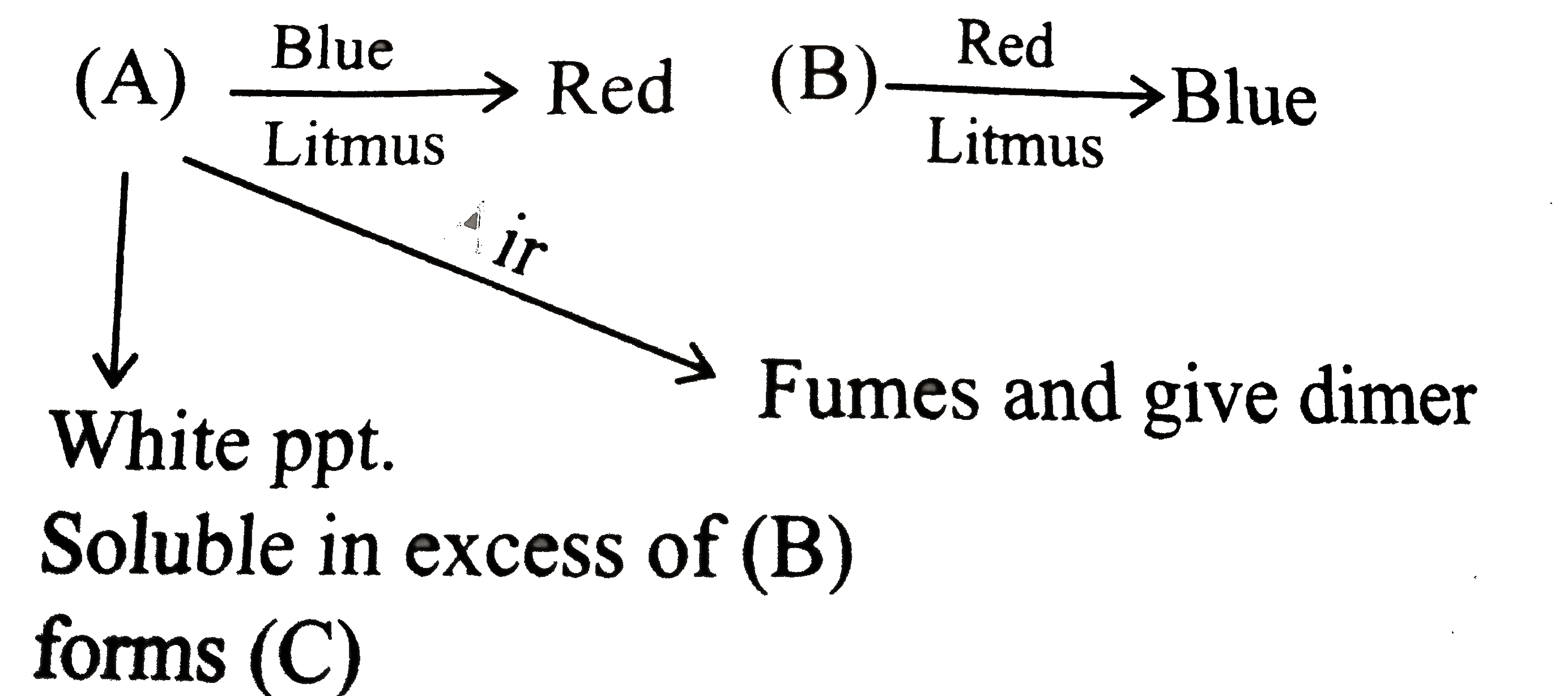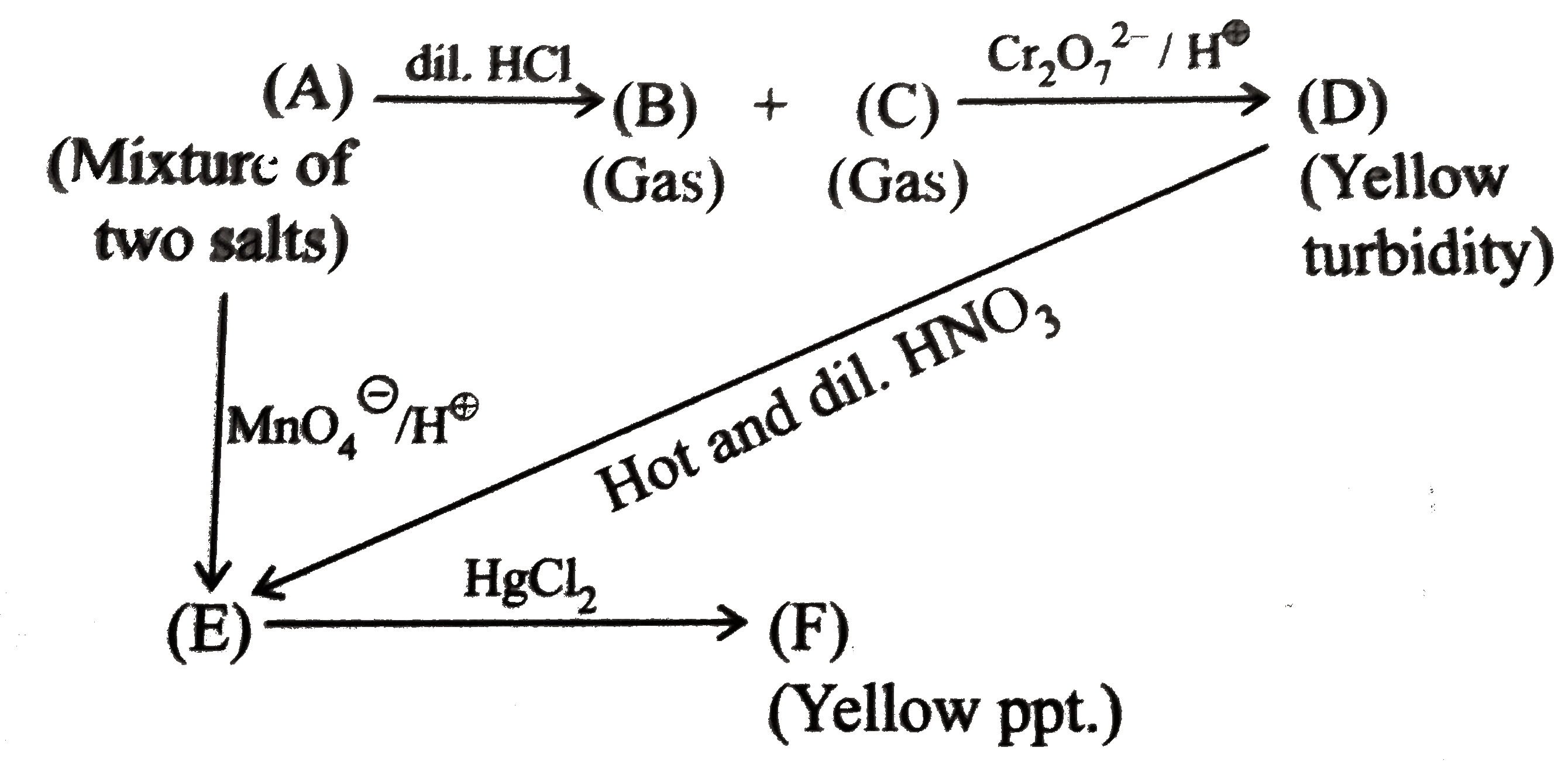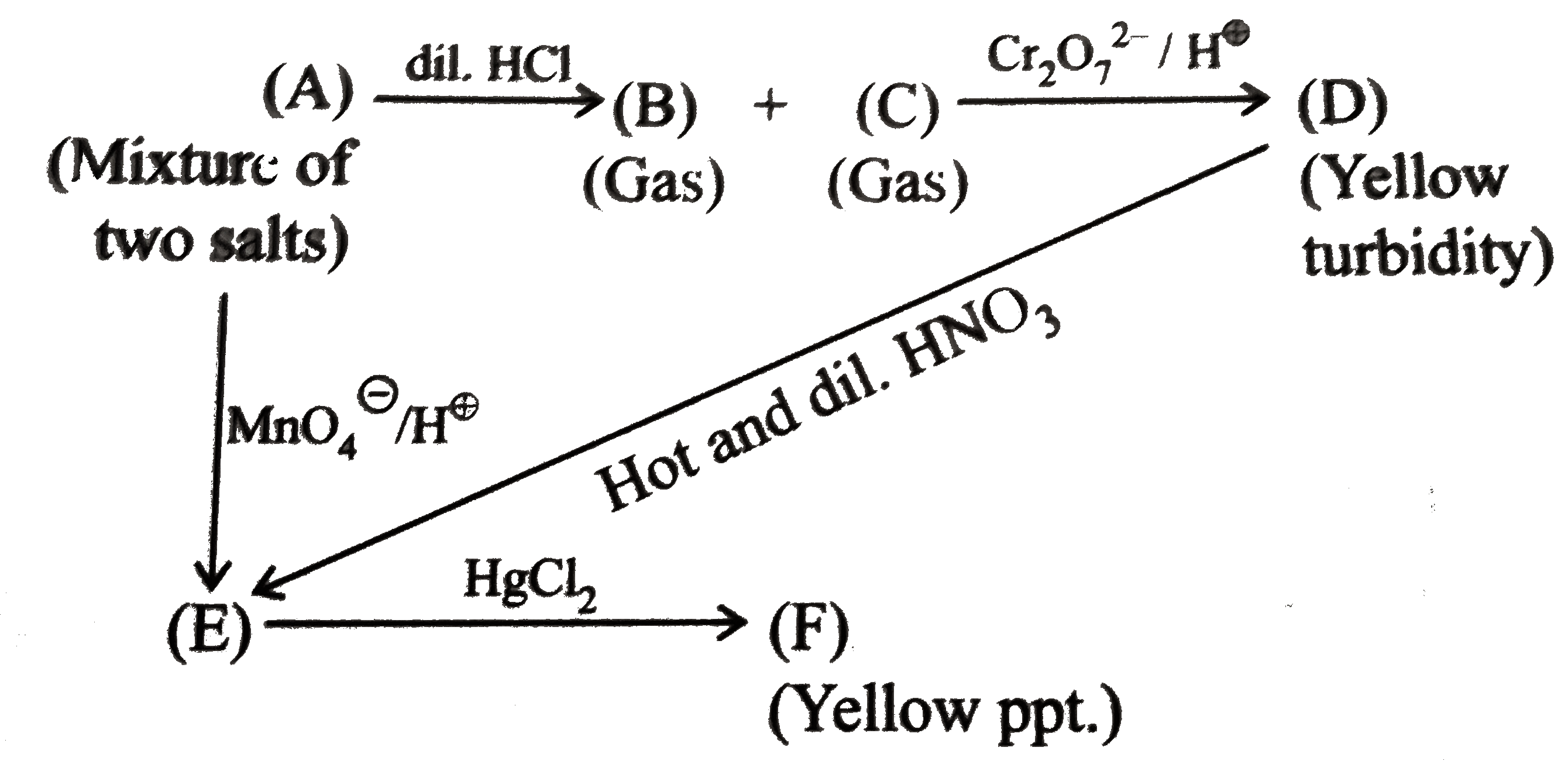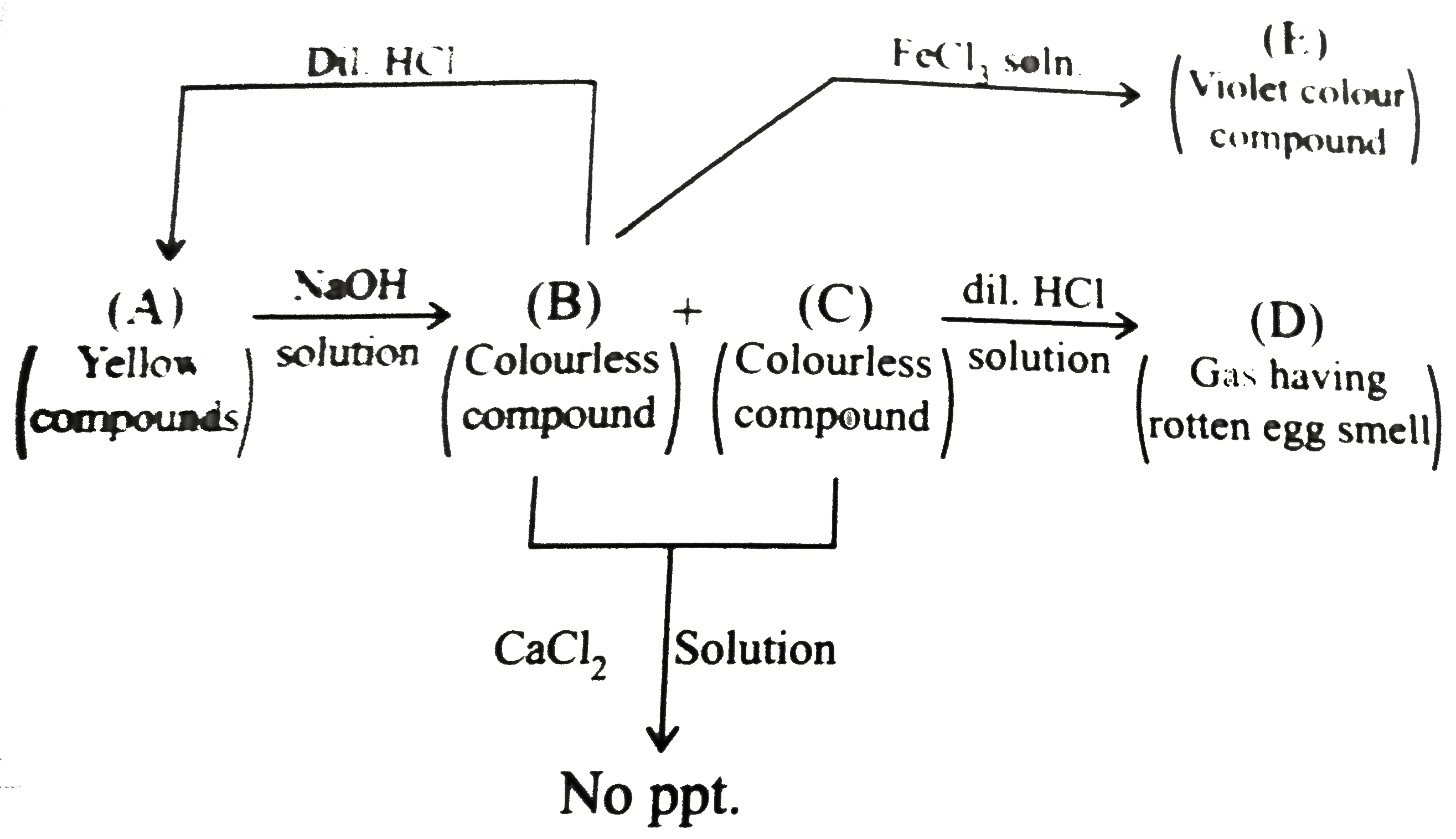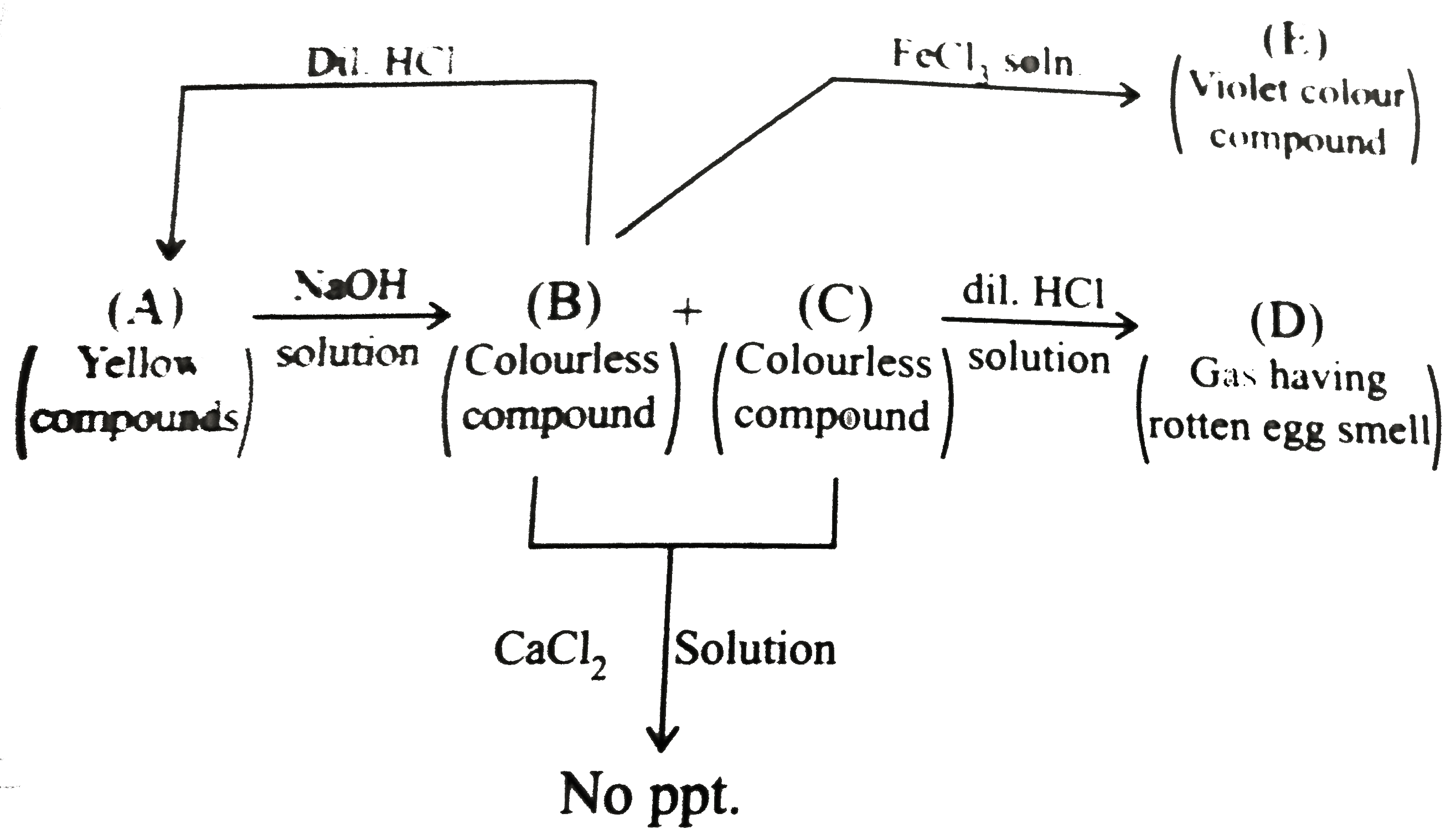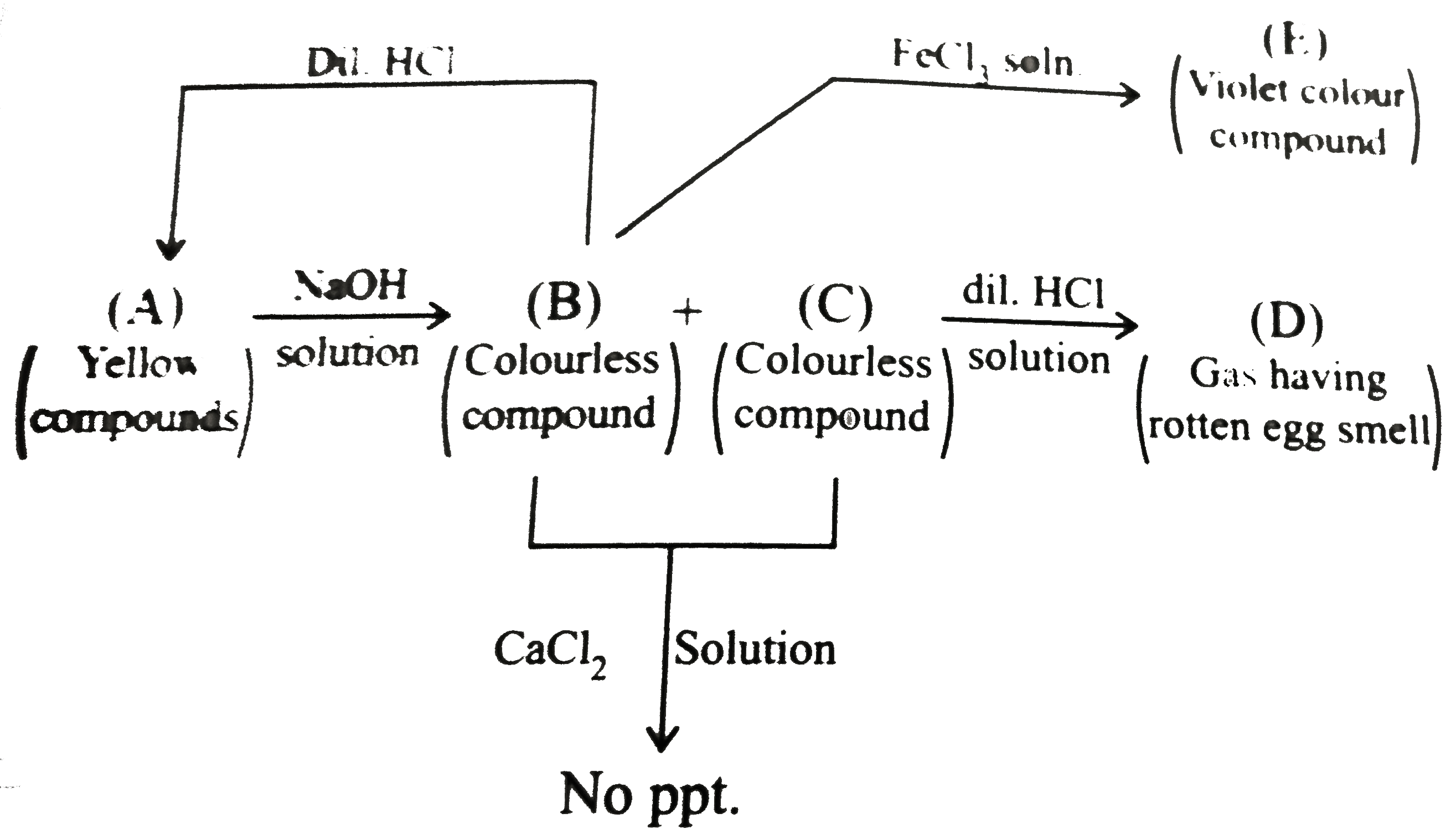Exercises (Linked Comprehension) from CENGAGE CHEMISTRY Chapter 33 QUALITATIVE INORGANIC SALT ANALYSIS for Class 12
| Class 12 | CHEMISTRY |
| Chapter | QUALITATIVE INORGANIC SALT ANALYSIS |
| CENGAGE CHEMISTRY | Exercises (Linked Comprehension) |
| Medium | English |
| Academic Year | 2023-2024 |
Question 51
Cations are classified into varius group on the basis of their behaviour against some reagents .The group reagent used for the classifaction of most common cation are HCI,H2S,NH4OH,(NH4)2CO3. Classification is based on whether a cation reacts with these reagents by the formation of precipitates or not .
Which one among the following paires of ions cannot be separated by H2S in the presence of dilute hydrochloric acid ?View SolutionQuestion 52
Cations are classified into varius group on the basis of their behaviour against some reagents .The group reagent used for the classifaction of most common cation are HCI,H2S,NH4OH,(NH4)2CO3 Classification is based on whether a cation reacts with these reagents by the formation of precipitates or not .
An aqueous solution contain Hg2+,Hg2+2,Pb2+.THe addition of 2MHCI will procipitate.View SolutionQuestion 53
Cations are classified into varius group on the basis of their behaviour against some reagents .The group reagent used for the classifaction of most common cation are HCI,H2S,NH4OH,(NH4)2CO3. Classification is based on whether a cation reacts with these reagents by the formation of precipitates or not .
An aqucous solution which is sightly acids contains cattions Fe2+,Zn2+andCu2+. THe rengent added in excess to this solution would identify the separate Fe2+ ion in one step is View SolutionQuestion 54
The reagents like AgNO3,K4[Fe(CN)6],KCNS,KI,K2CrO4 Nessler's ect, find extenstive and very important applicasion in quentitative analysis because these resgents form different type of produce with different cation for axample KI form yellow precipitate with Pb2+ but at form red iprecipitate with Hg2+ , Hence these reagents are widely used in the quantitative amalysis of morgenic salts
Which of the following is not currectly matched ?View SolutionQuestion 55
The reagents like AgNO3,K4[fe(CN)6],KCNS,KI,K2CrO4 Nessler's ect, find extenstive and very important applicasion in quentitative analysis because these resgents form different type of produce with different cation for axample KI form yellow precipitate with Pb2+ but at form red iprecipitate with Hg2+ , Hence these reagents are widely used in the quantitative amalysis of morgenic salts
Which of the following cation (i.e. basic radicals) forms coloured (not white) percipitates with aqueous solution of potassium indide the precipitete does not dissolve is exiess og reagent?View SolutionQuestion 56
The reagents like AgNO3,K4[Fe(CN)6],KCNS,KI,K2CrO4 Nessler's ect, find extenstive and very important applicasion in quentitative analysis because these resgents form different type of produce with different cation for axample KI form yellow precipitate with Pb2+ but at form red iprecipitate with Hg2+ , Hence these reagents are widely used in the quantitative amalysis of morgenic salts
Which of the following hydroxide does not dissolve in ammounts solution but sisolves in sodium hydroxide ?View SolutionQuestion 57
NH3 solution was added to four semple solution in difference test tube and found the following observation about the precipitate.
a. White ppt which is solution in oxcess of NH3 solution
b.On heating which is white in cold but yellow on heating
c. The cation present in (b) forms white ppt , with hypo solution which give black ppt on heating
d. The cation present in (c ) forms soluble complex with excess of NH3 solution
White ppts in (a),(b) and (c ) respectively obtained are View SolutionQuestion 58
NH3 solution was added to four semple solution in difference test tube and found the following observation about the precipitate.
a. White ppt which is solution in oxcess of NH3 solution
b. On heating which is white in cold but yellow on heating
c. The cation present in (b) forms white ppt , with hypo solution which give black ppt on heating
d. The cation present in (c ) forms soluble complex with excess of NH3 solution
The solution initialy present in (a) +H2S (basic medium) gives ppt , then (a) may haveView SolutionQuestion 59
NH3 solution was added to four semple solution in difference test tube and found the following observation about the precipitate.
a. White ppt which is solution in oxcess of NH3 solution
b.On heating which is white in cold but yellow on heating
c. The cation present in (b) forms white ppt , with hypo solution which give black ppt on heating
d. The cation present in (c ) forms soluble complex with excess of NH3 solution
White ppt in (c) and the soluble complex from white ppt with the type solution is//are View SolutionQuestion 60
(A) is a colourless solid, it metal when heated and gives of a gas (B) Which is supporter of combustion , if heating is contimed the white of the solid disuppears , When (A) is heatyed with an aqueous NaOH solution , an alkaline gas (C ) is evolved ,When gas(B) is leasted with sodumine ,a colourless solid (D) is formed .When (D) is heated with dil H2SO4 a colourless liquid (F) is formed
The compound E has View SolutionQuestion 61
(A) is a colourless solid, it metal when heated and gives of a gas (B) Which is supporter of combustion , if heating is contimed the white of the solid disuppears , When (A) is heatyed with an aqueous NaOH solution , an alkaline gas (C ) is evolved ,When gas(B) is leasted with sodumine ,a colourless solid (D) is formed .When (D) is heated with dil H2SO4 a colourless liquid (F) is formed .
The mass of compound E is View SolutionQuestion 62
(A) is a colourless solid, it metal when heated and gives of a gas (B) Which is supporter of combustion , if heating is contimed the white of the solid disuppears , When (A) is heatyed with an aqueous NaOH solution , an alkaline gas (C ) is evolved ,When gas(B) is leasted with sodumine ,a colourless solid (D) is formed .When (D) is heated with dil H2SO4 a colourless liquid (F) is formed .
The compound C has View SolutionQuestion 66
A colourless (A) when place into water a heavy white turbidly of (B) solid (A) gives a close solution in conesolution in cone HCI when HCI solution is added to clear solution water ,(B) forms again (B) dissolves in dilute HCI. When H2S is passed through a sespension of (A) or (B), a black precipitate (C ) forms , (C ) is insolves in yellow ammonium sulphide (NH4)2S , cone H2SO4 added to solid (A) liberates gas (D) gas (D) is water soluble and gives white precipitate with mercuric salts (E ) and not mercuric salt .The black precipitate (C ) dissolves in HNO3,(1,1) to give a solution to which H2SO4 is added followed by addition of NH4OH when a white precipitate (F) is formed (E ) gives a black ppt , (G) with solution of sodium stannite.
When compound (E ) reacts with NH4OH , then product is a View SolutionQuestion 67
A colourless (A) when place into water a heavy white turbidly of (B) solid (A) gives a close solution in conesolution in cone HCI when HCI solution is added to clear solution water ,(B) forms again (B) dissolves in dilute HCI. When H2S is passed through a sespension of (A) or (B), a black precipitate (C ) forms , (C ) is insolves in yellow ammonium sulphide (NH4)2S , cone H2SO4 added to solid (A) liberates gas (D) gas (D) is water soluble and gives white precipitate with mercuric salts (E ) and not mercuric salt .The black precipitate (C ) dissolves in HNO3,(1,1) to give a solution to which H2SO4 is added followed by addition of NH4OH when a white precipitate (F) is formed (E ) gives a black ppt , (G) with solution of sodium stannite.
Compound (C ) is also formed by the following reaction View SolutionQuestion 68
A colourless (A) when place into water a heavy white turbidly of (B) solid (A) gives a close solution in conesolution in cone HCI when HCI solution is added to clear solution water ,(B) forms again (B) dissolves in dilute HCI. When H2S is passed through a sespension of (A) or (B), a black precipitate (C ) forms , (C ) is insolves in yellow ammonium sulphide (NH4)2S , cone H2SO4 added to solid (A) liberates gas (D) gas (D) is water soluble and gives white precipitate with mercuric salts (E ) and not mercuric salt .The black precipitate (C ) dissolves in HNO3,(1,1) to give a solution to which H2SO4 is added followed by addition of NH4OH when a white precipitate (F) is formed (E ) gives a black ppt , (G) with solution of sodium stannite.
Compound (B ) is not soluble in View Solution
All Exercises from CENGAGE CHEMISTRY Class 12 CHEMISTRY QUALITATIVE INORGANIC SALT ANALYSIS
- Ex 8.1
- Ex 8.2
- Exercises (Assertion-Reasion)
- Exercises (Fill In The Blanks)
- Exercises (Integer) (Naming And Terminology
- Exercises (Linked Comprehension)
- Exercises (Multiple Correct) Part-A (Analysis Of Anions)
- Exercises (Multiple Correct) Part-B (Analysis Of Cations)
- Exercises (Multiple Correct) Part-C(Dry Test)
- Exercises (Multiple Correct) Part-D (Miscellaneous)
- Exercises (Single Correct) Part-A (Analysis Of Anions)
- Exercises (Single Correct) Part-B(Dry Test)
- Exercises (Single Correct) Part-C (Analysis Of Cations)
- Exercises (Single Correct) Part-D (Miscellaneous)
- Exercises (True And False )
- Exercises Archives (Assertion-Reasoning)
- Exercises Archives (Fill In The Blanks Ype)
- Exercises Archives (Integer)
- Exercises Archives (Linked Comprehension)
- Exercises Archives (Multiple Correct)
- Exercises Archives (Single Correct)
- Exercises Archives (Subjective)
- Exercises Archives (True/False)
- Illiustration
- Solved Example
- Viva Voce Questions And Part-A (Analysis Of Anions)
- Viva Voce Questions And Part-B (Dry Tests)
- Viva Voce Questions And Part-C (Analysis Of Cations)





